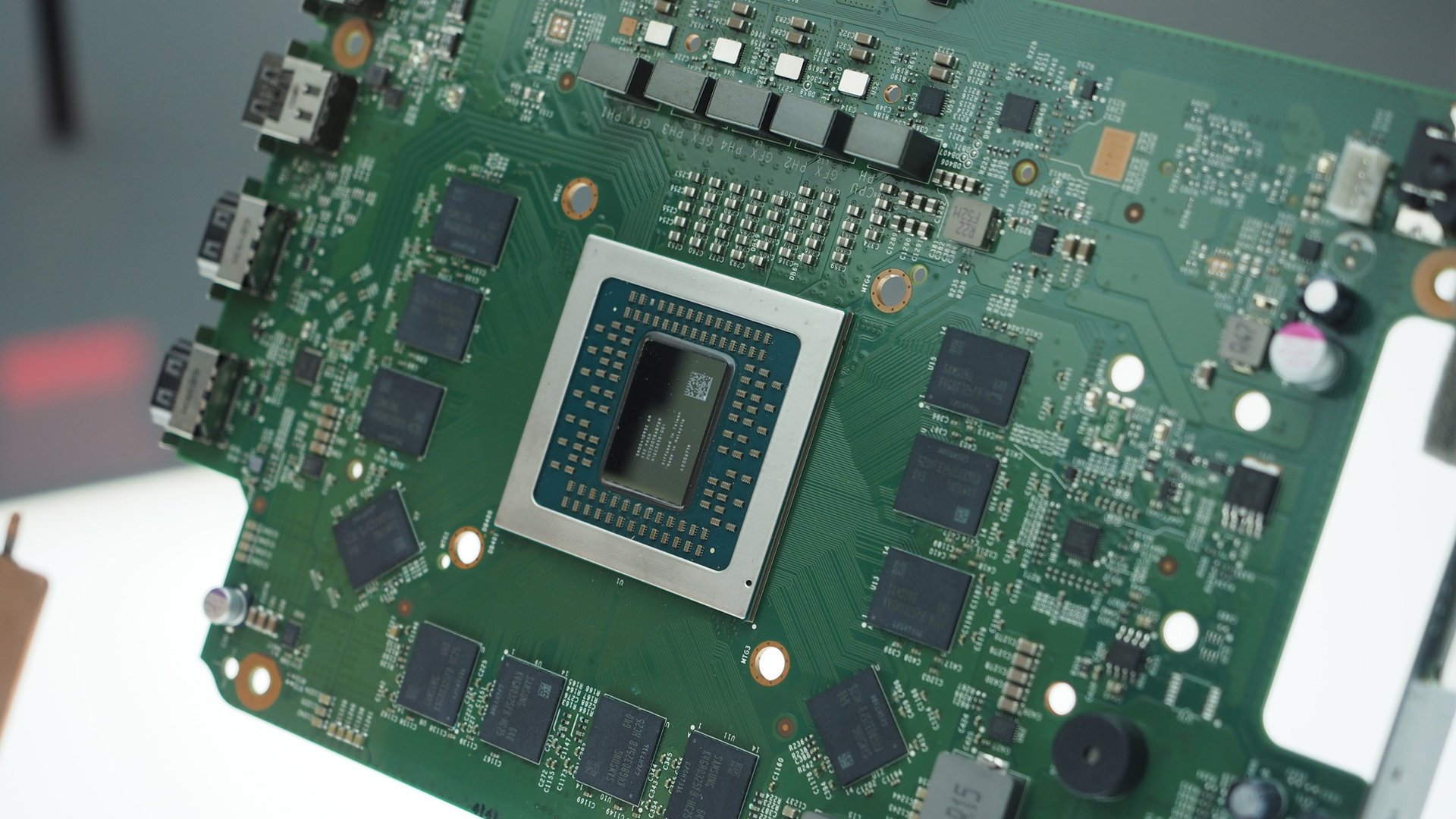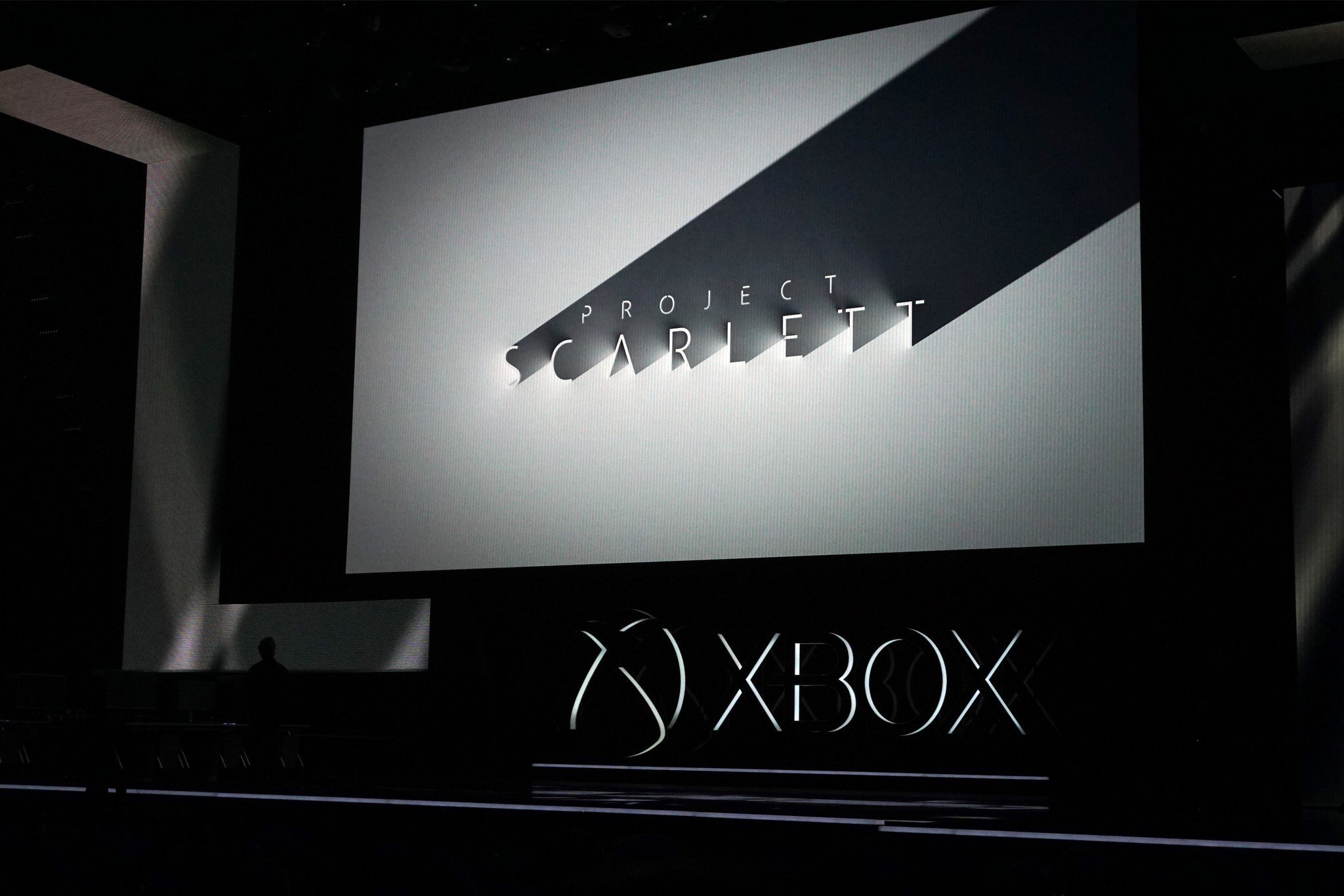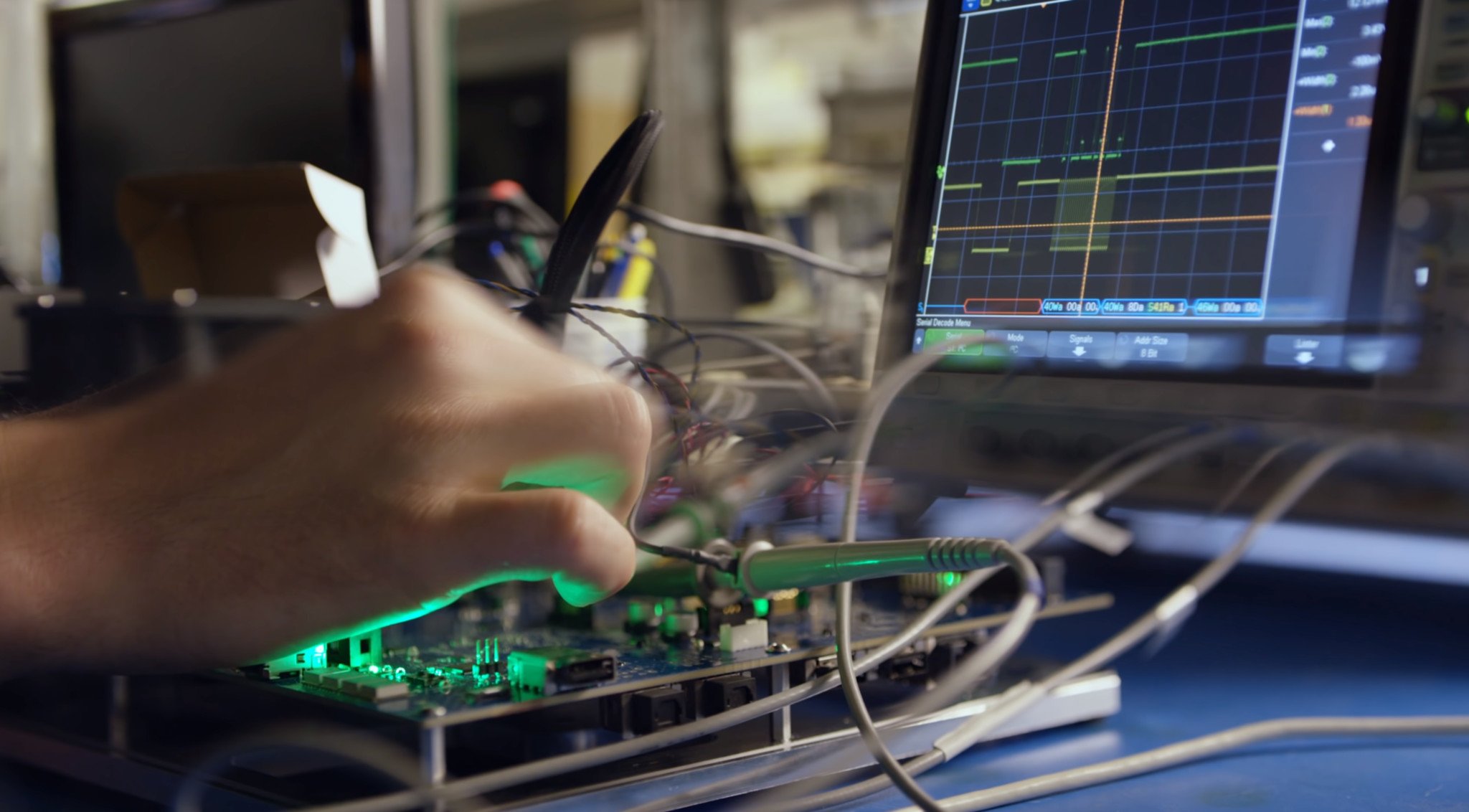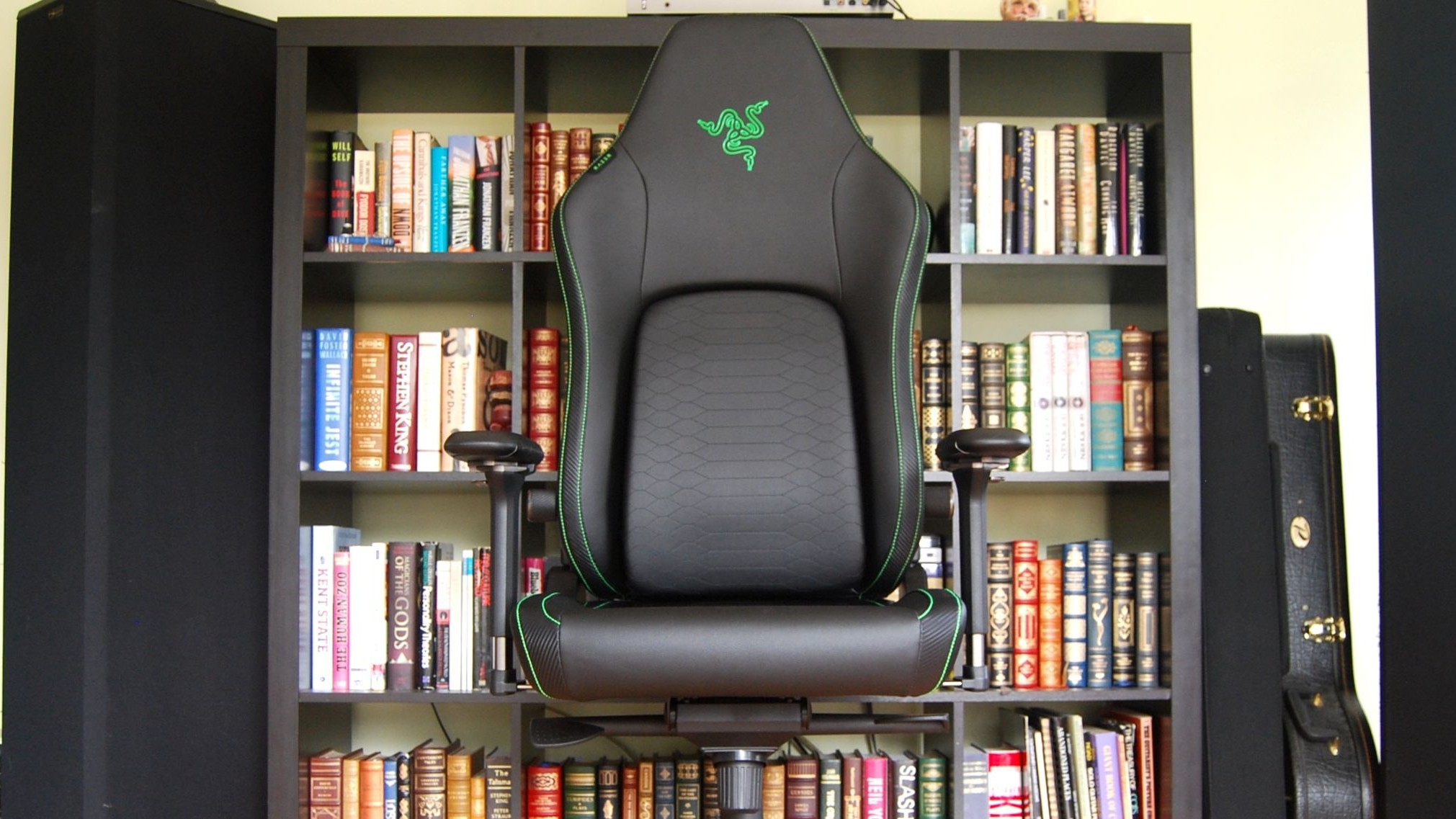Inside the target specs of the next Xbox 'Project Scarlett,' 'Anaconda', and 'Lockhart'
Microsoft is gearing up to reveal Xbox "Scarlett" in full in the near future, and we've finally got some credible information on the target specs.


Update February 24, 2020: Microsoft's Xbox chief Phil Spencer confirmed many of the rumored Xbox Series X specifications. We've also since had a look at the XSX's ports.
Update December 19, 2019: Microsoft has now revealed Anaconda, dubbed the Xbox Series X.
Microsoft is gearing up to reveal a two-pronged attack for next-gen consoles, complete with a more affordable SKU, dubbed "Lockhart," and a more beastly premium SKU, codenamed "Anaconda." We have no idea what the next-gen consoles will look like, or be officially named when the time comes, but we do now have a credible idea of what specs these systems are targeting.
We believe the information we've received below from multiple sources, but as always, take these rumors with a pinch of salt until we get official confirmation from Microsoft itself. Plans can and do change as we move towards production. Xbox Scarlett is due to launch in 2020, in time for the holiday season.
In the 2019 reveal video, Xbox cloud architect Kareem Choudhry said Scarlett could "eat monsters for breakfast," and indeed, Anaconda looks as though it will be able to. According to several sources familiar with Microsoft's plans, Anaconda is targeting around 12 teraflops (TF) of computing power, compared to the Xbox One X's 6TF, and the Xbox One S's 1.4. Lockhart conversely will sport around 4TF, and according to marketing materials we've seen previously, it is being positioned as the most-affordable entry point to next-gen experiences.
| Category | Xbox Series X (Anaconda) |
|---|---|
| Processor | Custom AMD Zen 2-based CPU (8x @ 3.6 GHz) |
| Graphics | Custom AMD Navi-based GPU (12 TF RDNA) |
| Memory | 16GB GDDR6 RAM (13GB guaranteed for game developers) |
| Storage | NVMe SSD (we've heard read speeds of anywhere up to 2GB/s) |
| Video output | 8K, 4K @ 120Hz |
| Optical drive | 4K Blu-ray |
| Ports | Unknown |
| Color | Matte Black |
| Price | Unknown |
| Size | 30cm x 16cm x 16cm (estimate) |
| Release date | Holiday 2020 |
It's important to note, however, that TF doesn't really tell the entire story of next-gen systems, owing to piles of custom tech Microsoft is planning to bake into these consoles. For example, Microsoft already spoke about how ray-tracing will be a factor in next-gen systems, and while Lockhart has less raw power than the X, it will have capabilities that elevate it further than the X in various ways.
Both Lockhart and Anaconda reportedly sport eight CPU cores targetting around 3.5GHz, with Anaconda reaching a bit higher per core than Lockhart. The relatively modest increase in clock speed over the previous-gen systems may seem mild, but vast improvements to caching, new silicon architecture, and other general bespoke, proprietary optimizations will see Anaconda perform anywhere up to four to five times better than the Xbox One X, if targets are met. We're told that at least Anaconda will guarantee 13GB of RAM for games, with 3GB on the OS a total of 16GB. The X, by comparison, offered a "maximum" of 9GB for games, which often varied based on what the OS was doing. Microsoft also said in its reveal video that the SSD could be used to throw in virtual RAM as necessary. Speaking of which ...
All the latest news, reviews, and guides for Windows and Xbox diehards.
Games with load times anywhere up to a minute will be reduced to mere seconds.
One huge focus area for Lockhart and Anaconda is on NVMe SSD proprietary tech, which dramatically decreases load speeds, nigh-on eliminating loading completely. Games with load times anywhere up to a minute will be reduced to mere seconds as a result of these SSDs, and the inclusion of Project XCloud across all Xbox systems will allow you to start gaming via streaming while waiting for games to download locally. Next-gen is all about saving you time, increasing read speeds by gigabytes per second, while also providing cutting-edge visuals that will elevate games to all new heights.
We've been told that while many games will function across generations, next-gen features such as ray tracing for dynamic reflections and the like will most probably be exclusive to Lockhart and Anaconda, requiring new APIs that come as part of Game Core OS (which is also part of the Windows Core OS effort we've been covering). That said, Scarlett will be able to run all previous-gen games that are available on Xbox One today, including backward compatible games as Microsoft has already announced.

Similarly to the Xbox One X, games with unlocked frame rates and dynamic resolution will perform better on Scarlett, once again, being able to take advantage of the improved hardware. For example, Monster Hunter World struggles to maintain 60 FPS on the Xbox One X even in its performance mode. Even without an update, it should manage to hit its target FPS without an issue on Scarlett. Games will also be able to take advantage of the increased SSD loading speeds on the newer consoles as well, without needing an update.
As noted, always take rumors with a pinch of salt, but we're confident in our sourcing on this. It's difficult to do direct comparisons between Project Scarlett consoles and off-the-shelf PC parts, due to the unknown quantities in Microsoft's proprietary optimizations. The proof, as always, will be in the pudding.
Plans can change between now and launch (looking at you, Surface Mini), but it's looking almost certain that Project Scarlett is, in fact, two console SKUs across Lockhart and Anaconda, with Anaconda representing the higher end, and Lockhart representing a more affordable entry point to next-gen features.
Either way, across Scarlett, bigger investment in games, and Project XCloud, 2020 is looking incredibly exciting indeed.
Xbox
Main

Jez Corden is the Executive Editor at Windows Central, focusing primarily on all things Xbox and gaming. Jez is known for breaking exclusive news and analysis as relates to the Microsoft ecosystem while being powered by tea. Follow on Twitter (X) and tune in to the XB2 Podcast, all about, you guessed it, Xbox!
